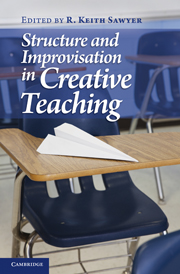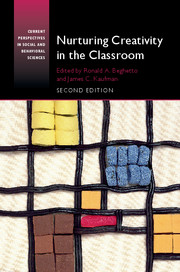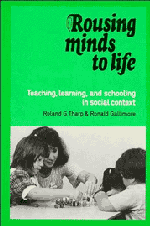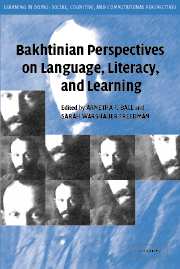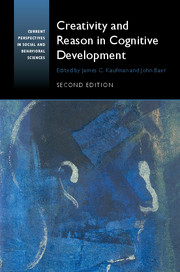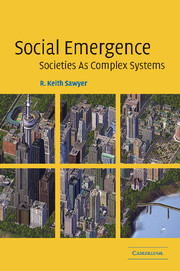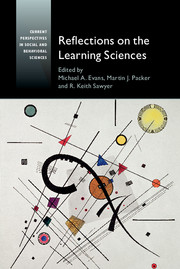Structure and Improvisation in Creative Teaching
With an increasing emphasis on creativity and innovation in the twenty-first century, teachers need to be creative professionals just as students must learn to be creative. And yet, schools are institutions with many important structures and guidelines that teachers must follow. Effective creative teaching strikes a delicate balance between structure and improvisation. The authors draw on studies of jazz, theater improvisation, and dance improvisation to demonstrate that the most creative performers work within similar structures and guidelines. By looking to these creative genres, the book provides practical advice for teachers who wish to become more creative professionals.
- The first book to use improvisational performance to enhance teaching
- The first book about creative teaching to honestly address the necessary structures of school and how teachers can nonetheless be creative
- Chapters by leading scholars in the field of teacher education
Reviews & endorsements
“If we want our students to learn higher-level skills, including creativity and critical thinking, structures and scripts cannot get us there. That is why this book should be widely read and discussed! These chapters help teachers negotiate the necessary tensions of teaching in an age that must pay more attention to creativity.”
--David C. Berliner, Arizona State University
“This exciting collection presents eloquently the reflexive relation between advance preparation and improvisation in the act of teaching. Teachers must be thoroughly prepared, to be sure. Sawyer’s collection shows us they must also be able to respond artfully to the unexpected demands of teacher-student interactions.”
--Hugh Mehan, University of California, San Diego
“…This text examines what it is that teachers actually do in classrooms and in preparation for being in classrooms, and gives a nuanced view of what goes on in the minds of excellent teachers…. Sawyer’s purpose for Structure and Improvisation in Creative Teaching is ambitious…. The contributions in the book offer illustrations of teaching and improvisation at work and further develop the idea of using improvisation for initial teacher preparation and professional development.
--Dr. Kathleen Brown, College of Education, University of Missouri St. Louis, PsycCRITIQUES
Product details
December 2011Adobe eBook Reader
9781139097901
0 pages
0kg
10 b/w illus. 9 tables
This ISBN is for an eBook version which is distributed on our behalf by a third party.
Table of Contents
- Foreword David Berliner
- 1. What makes good teachers great? The artful balance of structure and improvisation R. Keith Sawyer
- Part I. The Teacher Paradox:
- 2. Professional improvisation and teacher education: opening the conversation Stacy DeZutter
- 3. Creativity, pedagogic partnerships, and the improvisatory space of teaching Pamela Burnard
- 4. Improvising within the system: creating new teacher performances in inner city schools Carrie Lobman
- 5. Teaching for creativity with disciplined improvisation Ronald A. Beghetto and James C. Kaufman
- Part II. The Learning Paradox:
- 6. Taking advantage of structure to improvise in instruction: examples from elementary school classrooms Frederick Erickson
- 7. Breaking through the communicative cocoon: improvisation in secondary school foreign language classrooms Jürgen Kurtz
- 8. Improvising with adult English language learners Anthony Perone
- 9. Productive improvisation and collective creativity: lessons from the dance studio Janice E. Fournier
- Part III. The Curriculum Paradox:
- 10. How 'scripted' materials might support improvisational teaching: insights from the implementation of a reading comprehension curriculum Annette Sassi
- 11. Disciplined improvisation to extend young children's scientific thinking A. Susan Jurow and Laura Creighton
- 12. Improvisational understanding in the mathematics classroom Lyndon C. Martin and Jo Towers
- 13. Conclusion: presence and the art of improvisational teaching Lisa Barker and Hilda Borko.

